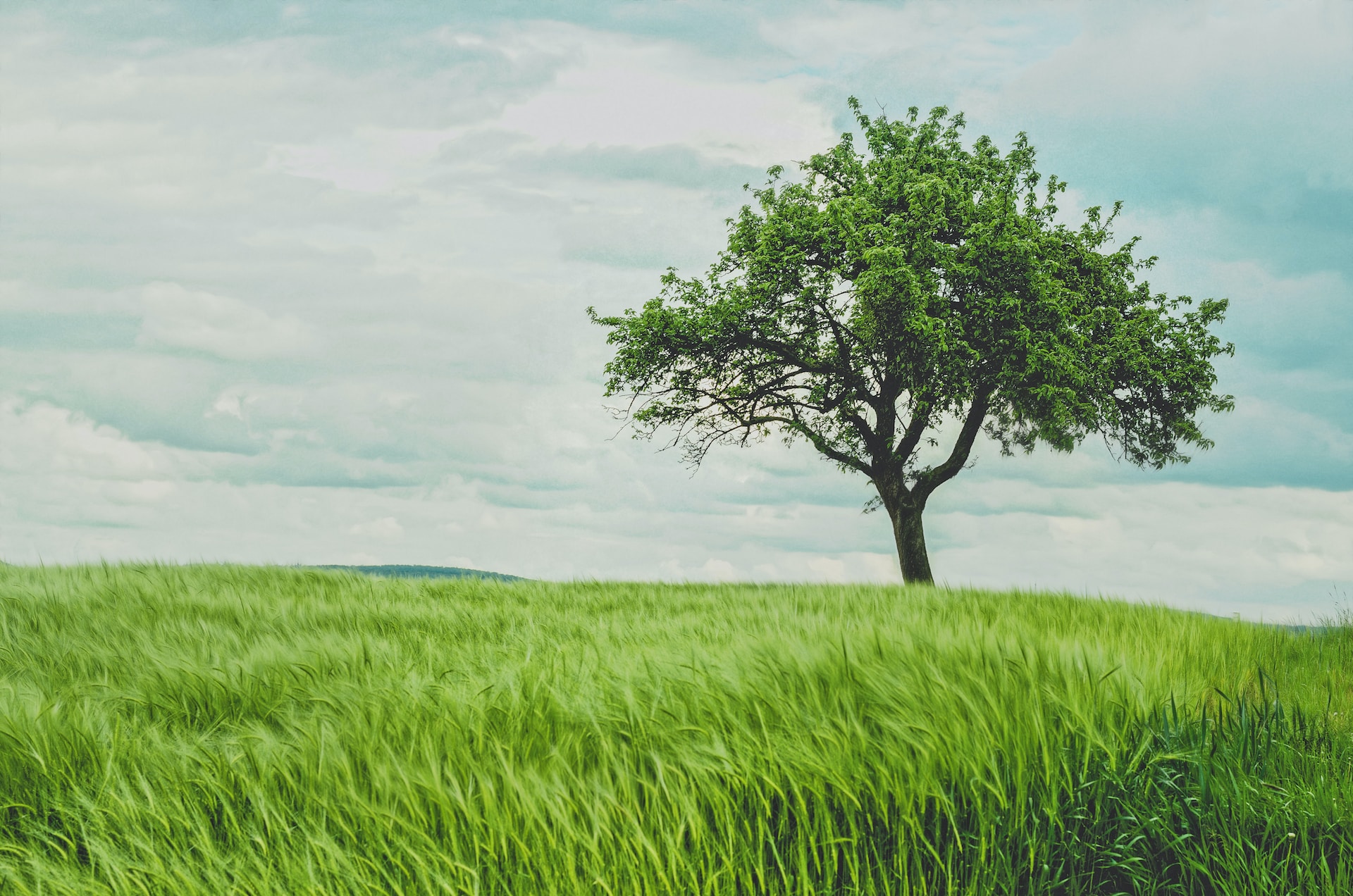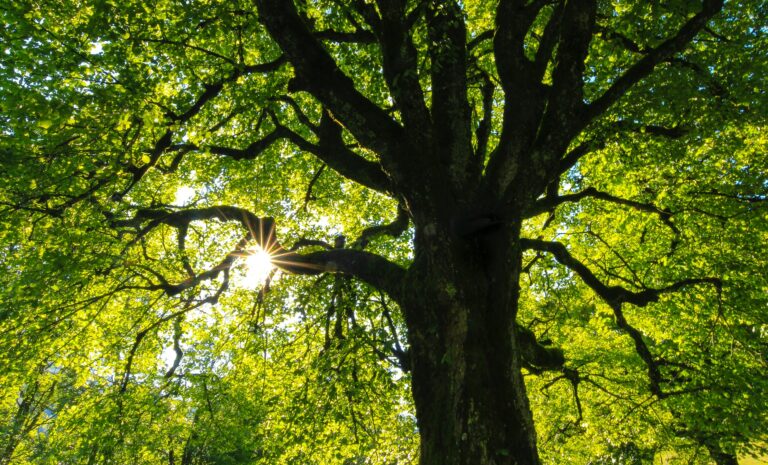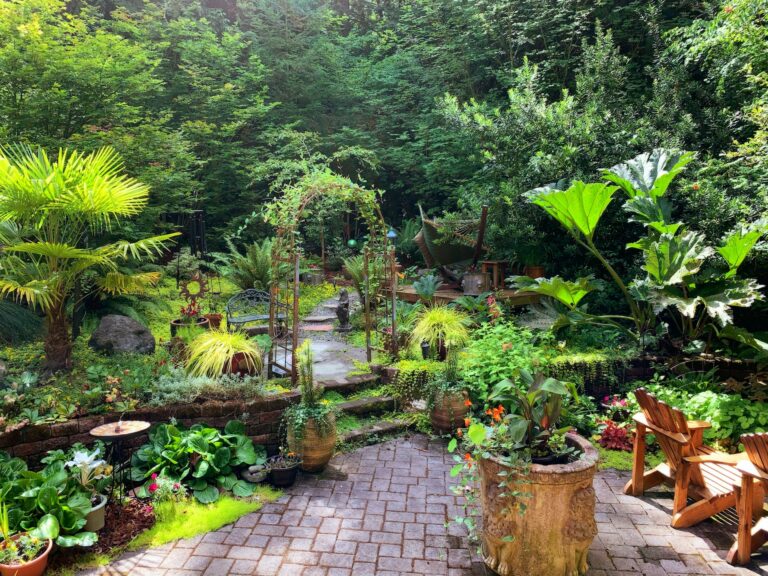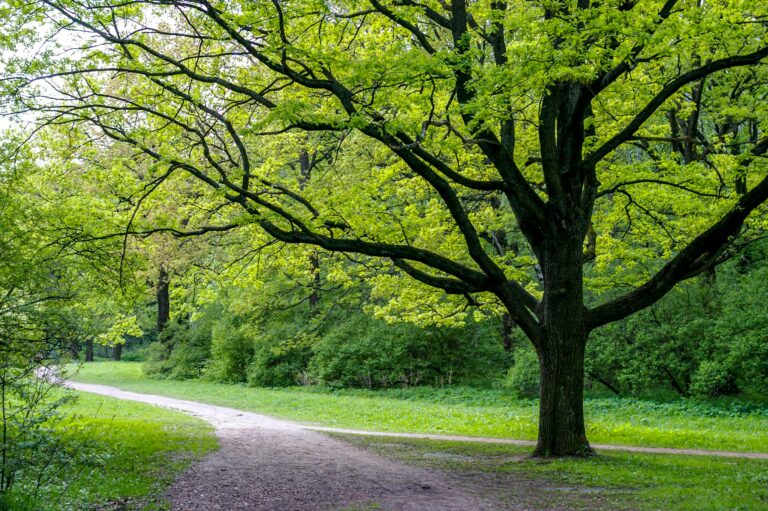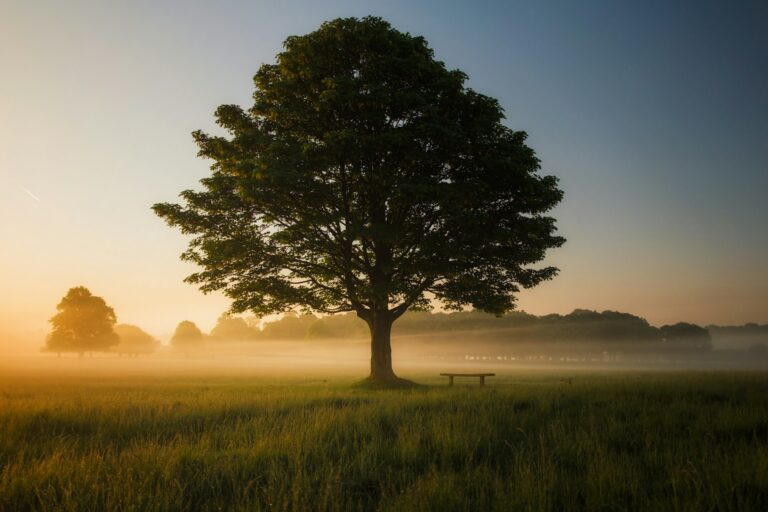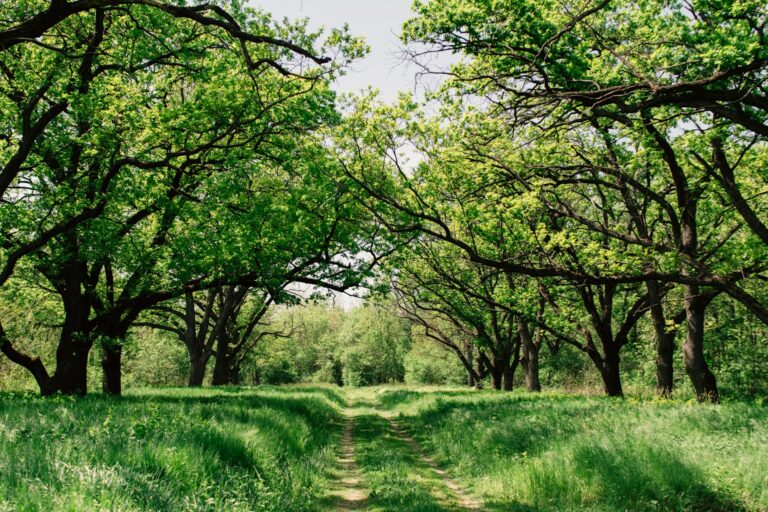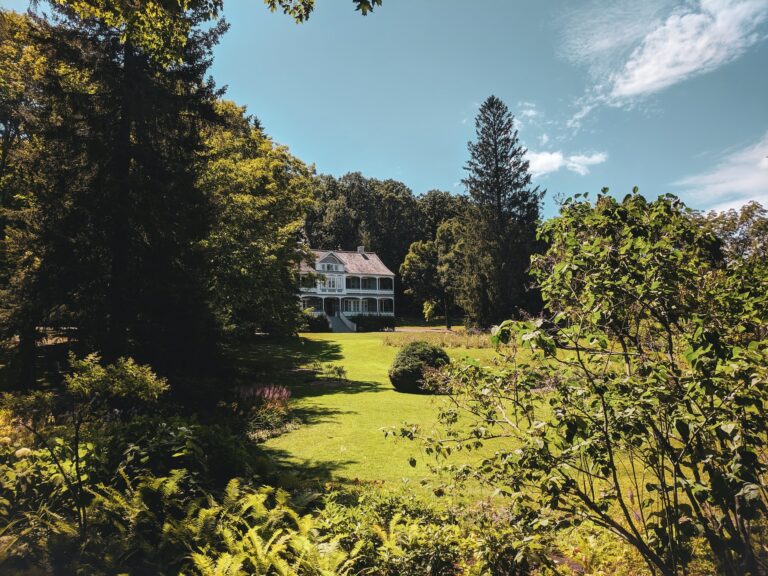Top 8 Tree Care Mistakes to Avoid for Healthy, Thriving Trees in Your Rock Hill Garden
Proper tree care is essential for maintaining healthy, strong, and resilient trees in your Rock Hill garden. However, many property owners unknowingly make mistakes during routine tree care that can lead to issues such as stunted growth, diseases, and even tree death. In this informative listicle, we will discuss the top 8 tree care mistakes to avoid and provide expert insights on how to better maintain your trees for long-term success.
Whether you are a seasoned gardener or a beginner passionate about taking care of your trees, understanding these common pitfalls can help you prevent unnecessary damage and ensure your trees remain a beautiful, thriving component of your landscape. Join us in exploring the dos and don’ts of tree care, and how to achieve a lush, vibrant garden in Rock Hill, South Carolina.
1. Overwatering or Underwatering Your Trees
One common DIY tree care mistake is improper watering, which can lead to weakened or even dead trees. Overwatering may cause root rot and create an ideal environment for fungal growth. Underwatering, on the other hand, can cause trees to suffer from drought stress, resulting in stunted growth, leaf drop, and increased susceptibility to pests and diseases.
To avoid improper watering, follow these tips:
- New trees typically require more frequent watering than established trees to help develop strong root systems. Water them weekly with a slow, deep soak during the first couple of years.
- For established trees, monitor soil moisture by sticking your finger in the soil about one to two inches deep. If it feels dry, it may be time to water.
- Using a soaker hose or a drip irrigation system can efficiently deliver water directly to the root zones of trees, reducing water waste and allowing a slow, deep soak.
2. Planting Trees Too Deeply
Planting a tree too deeply can lead to multiple issues, including root girdling, oxygen deficiency, and poor stability. Trees should be planted with the root flare—the point where the trunk begins to widen into the root system—visible and slightly above ground level.
To ensure proper planting depth:
- Dig a hole approximately twice as wide as the tree’s root ball, but no deeper than the height of the root ball.
- Place the tree in the hole, ensuring the root flare is slightly above ground level, and backfill with native soil.
- Apply mulch around the base of the tree in a 2to 4-inch layer, leaving a small gap around the trunk to prevent rot.
3. Failing to Properly Mulch Around Trees
Mulch provides a wealth of benefits for trees, including moisture retention, temperature regulation, weed suppression, and improved soil nutrients. However, incorrect mulching practices, such as piling mulch against the tree trunk or using inappropriate materials, can lead to problems like pest infestations, root rot, and bark damage.
To properly mulch your trees:
- Use organic mulch materials, such as wood chips, shredded bark, or composted leaves, to provide a slow release of nutrients into the soil as they decompose.
- Apply mulch in a 2to 4-inch layer, extending about 3-5 feet around the tree trunk.
- Avoid volcano mulching by leaving a small gap around the trunk to prevent mulch from touching it directly.
4. Incorrect Pruning Techniques and Timing
Improper pruning is another common mistake, which can weaken trees, make them more susceptible to pests and diseases, or cause uneven growth. Poor pruning practices include cutting in the wrong season, over-pruning, and making incorrect cuts.
To ensure proper pruning:
- Prune trees during their dormant period, typically in late winter or early spring when the risk of disease and insect spread is minimal.
- Remove dead, damaged, or diseased branches first, and avoid removing more than 15-20% of a tree’s live branches in any given year.
- Make clean cuts just outside the branch collar to encourage proper healing.
5. Ignoring Tree Health and Potential Hazards
Routine tree health inspections can help prevent the spread of diseases and pests and identify potential hazards, such as weak branches or tree decay. Failing to monitor tree health may result in more significant issues and costly remedies down the road.
Tips for monitoring tree health include:
- Inspect trees regularly for signs of pests, diseases, or structural issues, such as fungal growth, leaf discoloration, or trunk cavities.
- Seek professional help from a certified arborist if you identify an issue or are unsure of a tree’s health status.
6. Neglecting Soil Health and Fertility
Ignoring soil health can lead to poor tree growth, nutrient deficiencies, and increased susceptibility to pests and diseases. Healthy soil provides a strong foundation for trees to grow, absorb nutrients, and improve water retention.
To maintain healthy soil:
- Perform a soil test to determine nutrient levels and pH balance.
- Apply appropriate fertilizer as needed, based on soil test results, and avoid over-fertilization, which can damage tree roots and harm waterways.
7. Choosing the Wrong Tree Species or Location
Selecting inappropriate tree species or planting in unsuitable locations can cause a host of issues, including poor growth, conflicts with nearby structures, or inadequate light exposure.
To avoid these issues:
- Research and choose tree species suited to your region, soil type, and available sunlight.
- Consider the mature size of the tree species, and plant accordingly to avoid overcrowding or conflicts with power lines, buildings, or other structures.
8. Ignoring Expert Assistance When Needed
Although DIY tree care can be part of the enjoyment of maintaining your Rock Hill garden, seeking the advice of certified arborists when faced with unfamiliar or complicated issues can save you time, money, and prevent further damage to your trees. Consult a professional tree service, like Niwaki Tree Services, for help with tasks such as tree planting, pruning, pest control, soil analysis, and proper tree care practices.
Unlock the Full Potential of Your Rock Hill Garden with Professional Tree Care
Avoiding these common tree care mistakes is crucial for maintaining a healthy, vibrant, and resilient garden in Rock Hill, South Carolina. From proper watering techniques to expert pruning and attentive soil care, each aspect plays a vital role in nurturing your trees and protecting them from potential issues. Sometimes, however, expert assistance is necessary to address more complex tree care needs effectively.
At Niwaki Tree Services, Our certified and professional arborists in Rock Hill, SC, are here to provide comprehensive guidance and services tailored to your unique garden requirements. Don’t let these tree care mistakes hold you back from achieving your dream landscape. Contact us today to schedule a consultation and elevate your tree care practices, ensuring your Rock Hill garden reaches its fullest potential!

